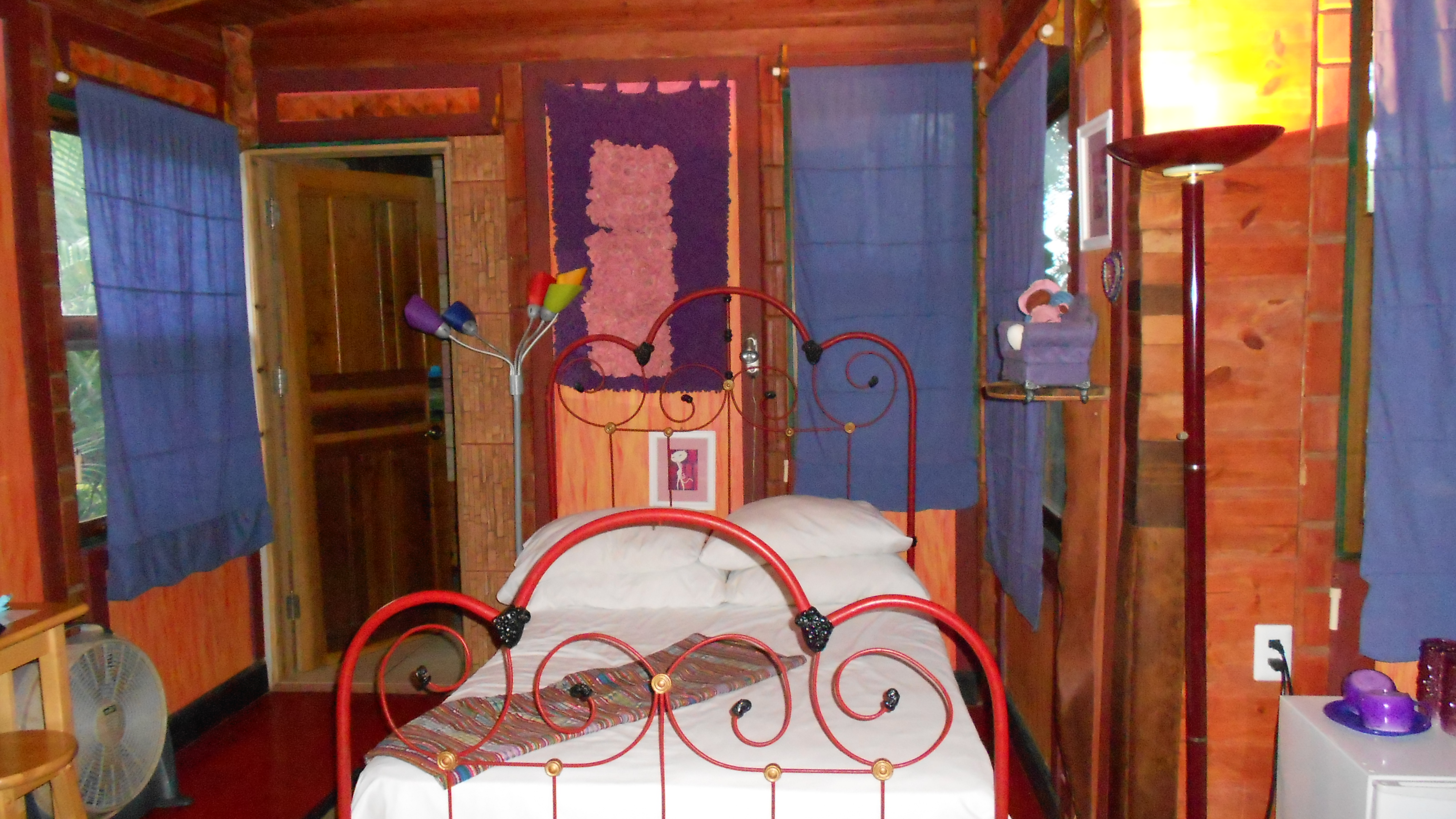I’ve been working on the world’s sexiest dictionary for a couple of years because I’d used a labor-intensive process to illustrate the rough draft pictures. I recently bought a tablet and an app to facilitate illustrating. Total game changer! So much easier than the assbackwards method I used for the rough draft. Yet the rough drafts help with the overall composition and the example sentences.
With an easier process, I can render all the depicted black people with natural hair. Several recent events helped push me in that direction. There’s current legislation concerning hair discrimination. That bullshit has been around for centuries, but only now has gained traction with more diverse representation among elected officials.
A national outrage concerned a black senior at a Texas high school who was expelled because he wouldn’t cut his dreadlocks. The universe conspired with him. Black filmmakers invited him to the Oscars. They were nominated for their short animated film, “Hair Love,” which they subsequently won. Not only that, but they also wanted to help end hair discrimination and normalize natural black hair. Imagine that. Natural black hair must be normalized. Which other demographic in the United States must do that?
So, a few days later when I walked into the women’s locker room where I practice yoga, the first thing I saw was another black woman with a fabulously coiffed Afro. I greeted her since I didn’t want to appear creepy, staring at her hair. I told her about my dictionary project and how whenever I see another black person with natural hair, the visual really stands out to me for creative purposes.
She was so flattered that I considered her hair beautiful because she hadn’t done anything special to it. I think it’s such a woman’s way of viewing herself. Most men walk around thinking they’re the sexiest thing on earth, but we women always feel we have to do something extra special to be beautiful.
Of course we discussed the Oscars and the high schooler who attended because of his hair battle. “Apparently it’s part of his high school curriculum that black students embrace European standards of beauty,” I commented.
At that point, an older white woman who had been getting ready for the upcoming yoga class scurried out. I was then aware that she had found herself outnumbered. After all, we were two black women and a Latina, who was taking a shower but still part of the conversation, with no other white women around. So I figured her temporary minority status made her uncomfortable. At the same time, I thought it was unfortunate that she hadn’t stayed to listen and perhaps learn more about how black people experience life in the States.
When I shared this incident with a friend, another black woman, who was a decade younger, she saw the exiting white woman as a positive result. She concluded that the white woman sensed that black women needed a safe space to discuss an issue and would greatly benefit from not having a white person shut down the conversation or, make it about herself.
After yoga class, I walked into the women’s locker room and spotted some snazzy socks, depicting Nefertiti. I complimented the socks, then looked up to see that it was the same white woman. Yet this time, we engaged into a conversation about decorative, iconic socks, which she’d bought a pack of.
And no, I didn’t get into any cultural appropriation conversations. After all, I’m happy that an African woman, renowned for her beauty, was part of the iconic art socks. Now, to normalize natural African-descent hairstyles….

